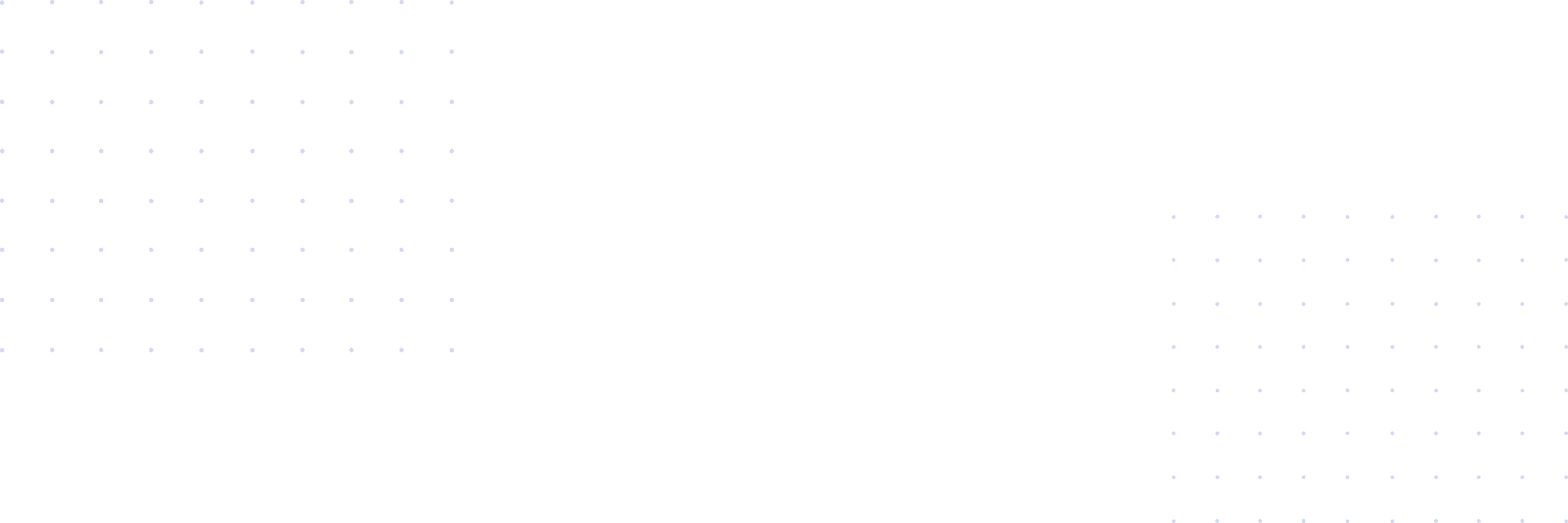Credit card debt settlement may be right for you if you are tired of your credit card debt controlling your life. Although credit cards are incredibly useful financial tools that enable us to make investments in present purchases with future pay-off dates. If not managed properly, they can destroy our savings account, riddled with mounting interest rates that constrict our incomes. Truly helpful tools that provide families with the ability to cover emergency costs or unexpected disaster side effects, credit cards are a daily reality in our world today. However, millions of Americans, every single year, stare down debt settlement regarding their maxed-out credit cards and unmanageable interest rates strangling their accounts. If this is you, it’s worth considering credit card debt settlement in 2018.
How to Pursue Credit Card Debt Settlement
1. Calculate How Much You Owe
If you’re up to your neck in debt, it can be hard to remain calm and really calculate what you do and don’t owe. Your first instinct is to probably avoid thinking about the debt altogether. You’ve probably thrown out statements and emails that inform you of your mounting debt heading into the next month. You need to change this toxic attitude, and really come face to face with what you owe in credit card debt. You can’t settle a debt if you don’t even know the debt. Tuck statements into a folder, make an email folder in your inbox, and crosscheck everything three times over.
2. Review Your Personal Finances
Next, you need to calculate how much you make per month, as well as how many hours you work to make that amount. If it’s possible to take on more hours or increase your personal monthly income, it’s probably a good idea heading into the year ahead with credit card debt. Take a stock of how much money you have, including 401ks and other financial instruments. Compare it to how much money you make, and finalize it with a rough budget of your monthly expenses. It’s time to change how you spend that money, because right now it isn’t aligning with your credit card payments.
3. Prioritize Debt Settlements
If you have multiple debts, you’re probably wondering where to start and how to rank the debts. You need to identify which debt, once eliminated, will help your financial future the most. This usually means settling the accounts with the highest interest rates should be the priority. If you have so much debt that you can’t even begin to make a ranking, it’s worth considering a balance transfer, consolidating the debt in one singular account. Do beware of the transfer fees that may accompany this decision. You may also consolidate all your debt into a single loan with more favorable terms to save money each month and pay your debt faster.
4. Debt Snowballs
You need to get some momentum going. The snowball technique gets you motivated to take on the totality of your debt, starting with the manageable accounts. As one gets paid off, you move to the next, slowly closing every account along the way. It’s a great way to add a little excitement to a process that can be otherwise dull and dreary.
Debt settlement should be at the top of your list for the year ahead. Pursue it today.






